Problems
Home » Problems
Spine and Pain-Related Treatments
Specialized care for conditions causing back and neck pain and care for spine conditions, offering advanced diagnostic techniques and personalized treatment plans to relieve discomfort and restore function.
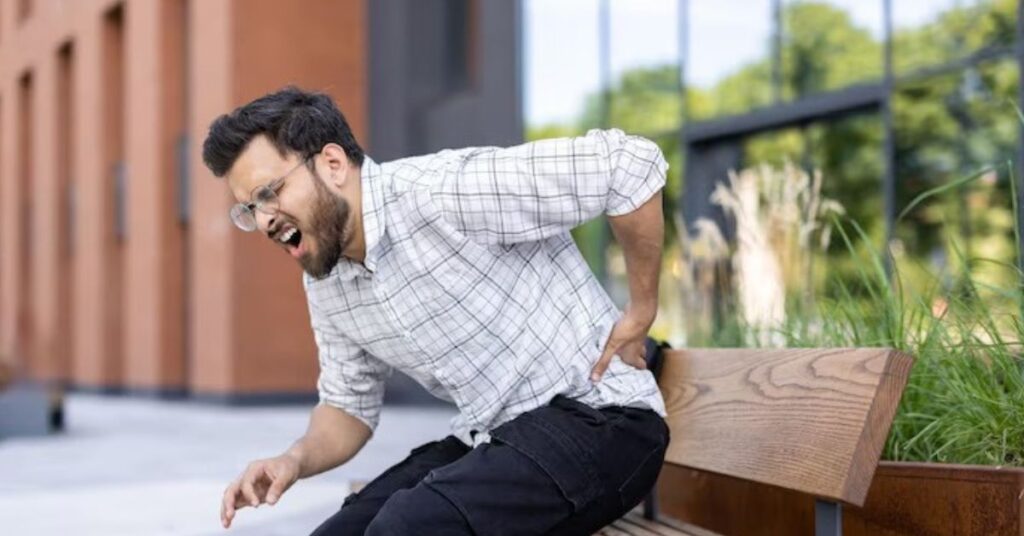
Back Pain Treatment in Indore
Expert evaluation and treatment of back pain, addressing the root causes with personalized care plans that include both surgical and non-surgical options to alleviate discomfort and improve mobility.

Neck Pain Treatment in Indore
Specialized diagnosis and treatment of neck pain, offering a range of therapeutic options to reduce pain, enhance mobility, and improve overall neck function.
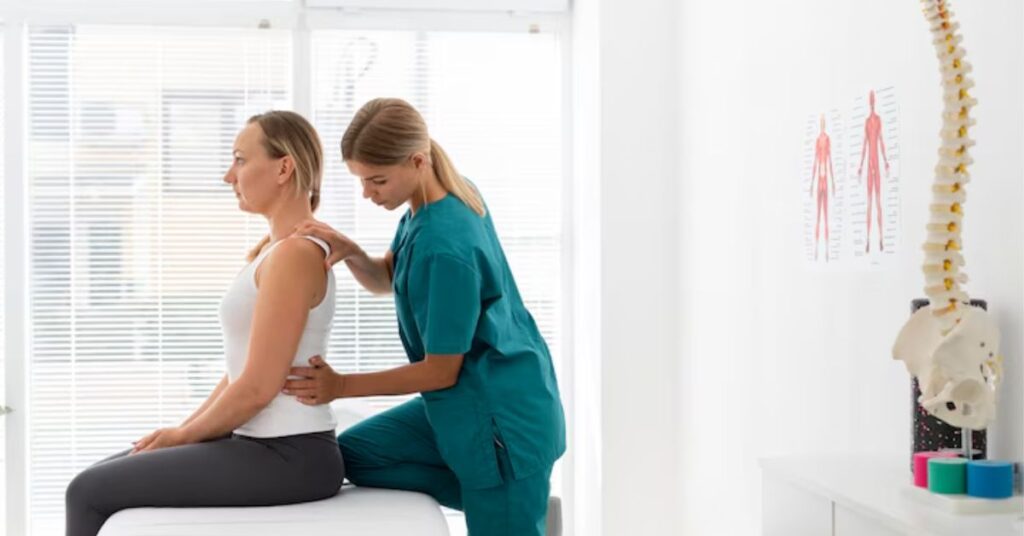
Spondylosis Treatment in Indore
A degenerative condition affecting the spine, leading to pain and stiffness. Treatment includes physical therapy, medication, and minimally invasive procedures to manage symptoms and improve spinal health.
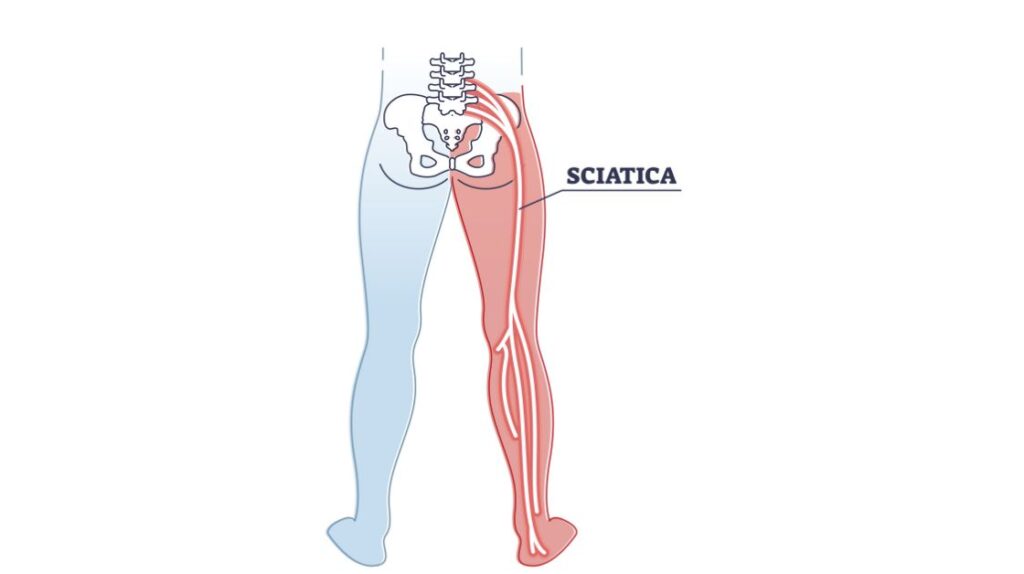
Sciatica Treatment in Indore
Characterized by pain radiating along the sciatic nerve, often caused by a herniated disc. Treatment options include physical therapy, medications, and minimally invasive procedures to alleviate pain and improve mobility.
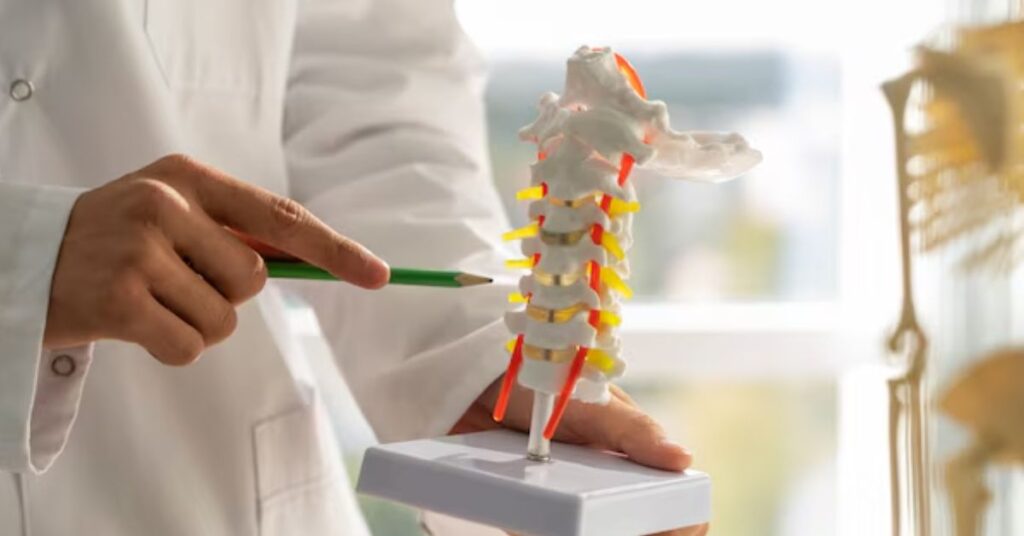
Spondylodiscitis Treatment in Indore (Spinal Infection)
An infection of the spinal discs and adjacent vertebral bodies, often caused by bacteria or fungi. Treatment typically involves antibiotics or antifungal medication, along with rest and sometimes surgical intervention to drain abscesses and stabilize the spine.

Lumbar Canal Stenosis Spondylolisthesis Treatment
Lumbar canal stenosis is a narrowing of the spinal canal in the lower back, often causing compression of the spinal cord or nerves. Spondylolisthesis is the displacement of one vertebra over another. Treatment may include medications, physical therapy, injections, or surgery to relieve pressure on the spinal cord or nerves and stabilize the spine.
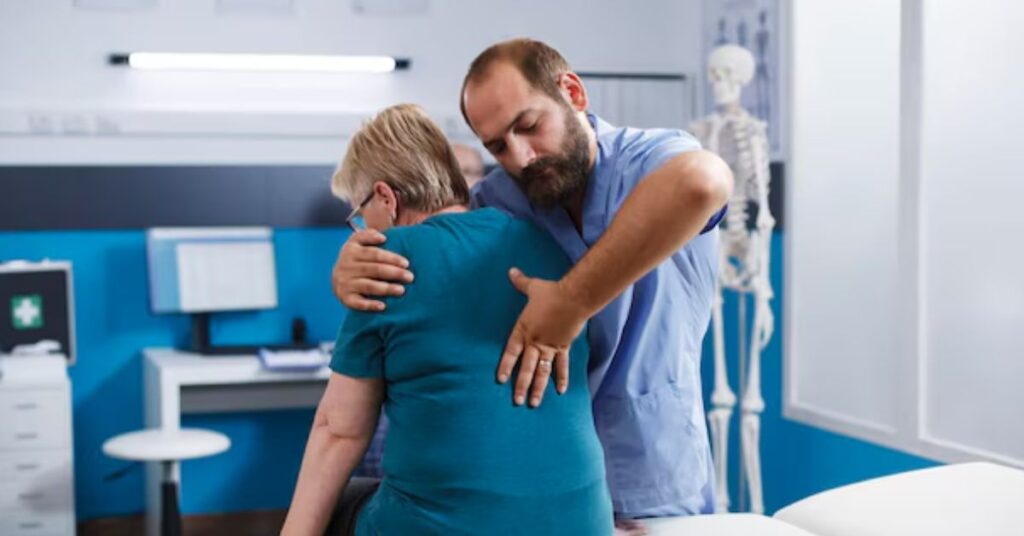
Spinal Fractures Treatment in Indore
Injuries to the vertebrae, ranging from mild compression fractures to severe fractures that may cause instability or spinal cord injury. Treatment depends on the severity and location of the fracture and may include bracing, pain management, or surgery to stabilize the spine and promote healing.

Cervical Myelopathy Treatment in Indore
A condition characterized by compression of the spinal cord in the neck, leading to symptoms such as weakness, numbness, and difficulty with balance or coordination. Treatment options include physical therapy, medications, and in some cases, surgery to decompress the spinal cord and relieve symptoms.
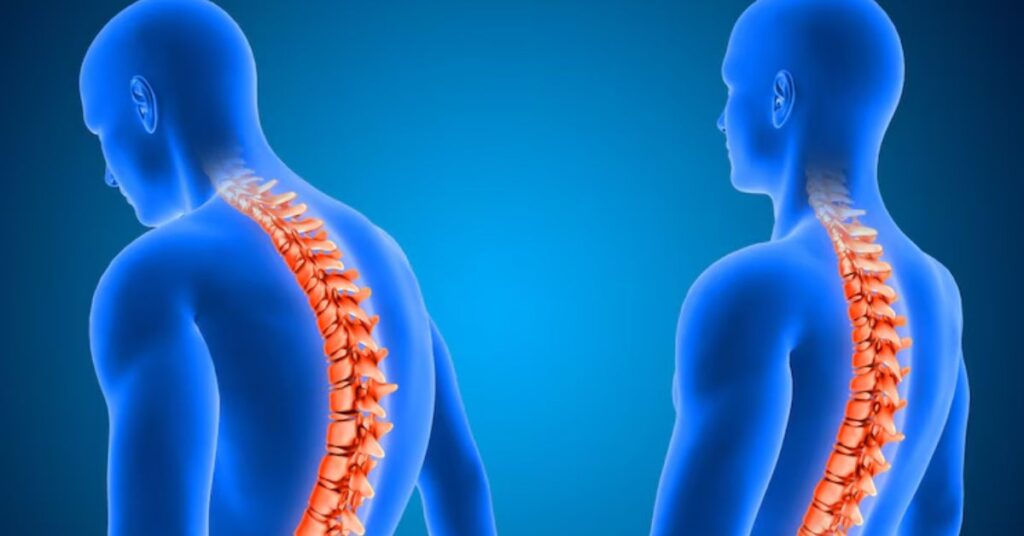
Spinal Deformity Treatment in Indore (Scoliosis/Kyphosis)
Abnormal curvature of the spine, with scoliosis involving a sideways curvature and kyphosis involving an excessive forward curvature. Treatment options depend on the severity and may include bracing, physical therapy, or surgery to correct the curvature and prevent progression.
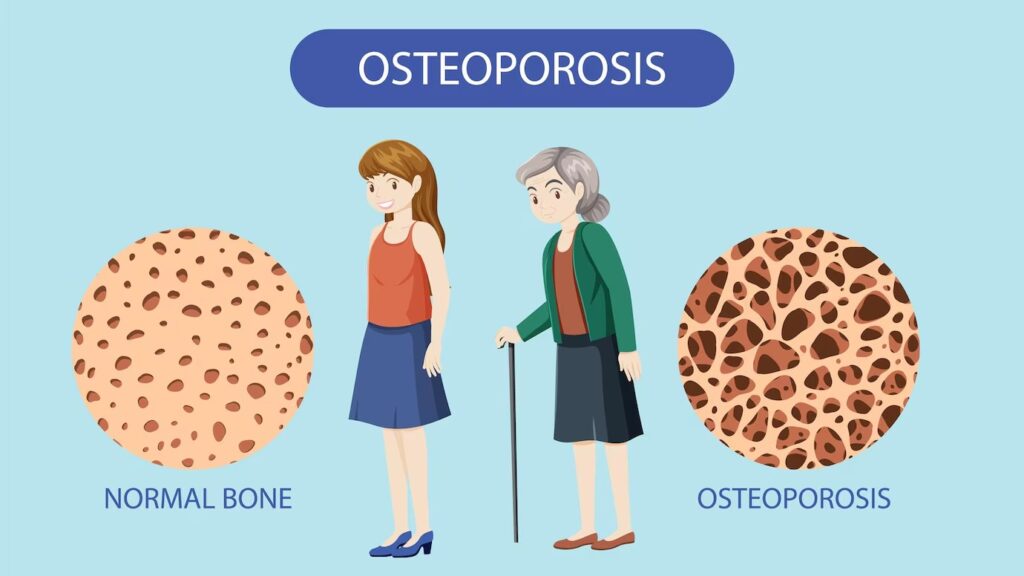
Osteoporosis Treatment in Indore
A condition characterized by weakened bones, increasing the risk of fractures, particularly in the spine, hips, and wrists. Treatment involves medications to strengthen bones, lifestyle modifications such as exercise and adequate calcium intake, and fall prevention strategies to reduce fracture risk.
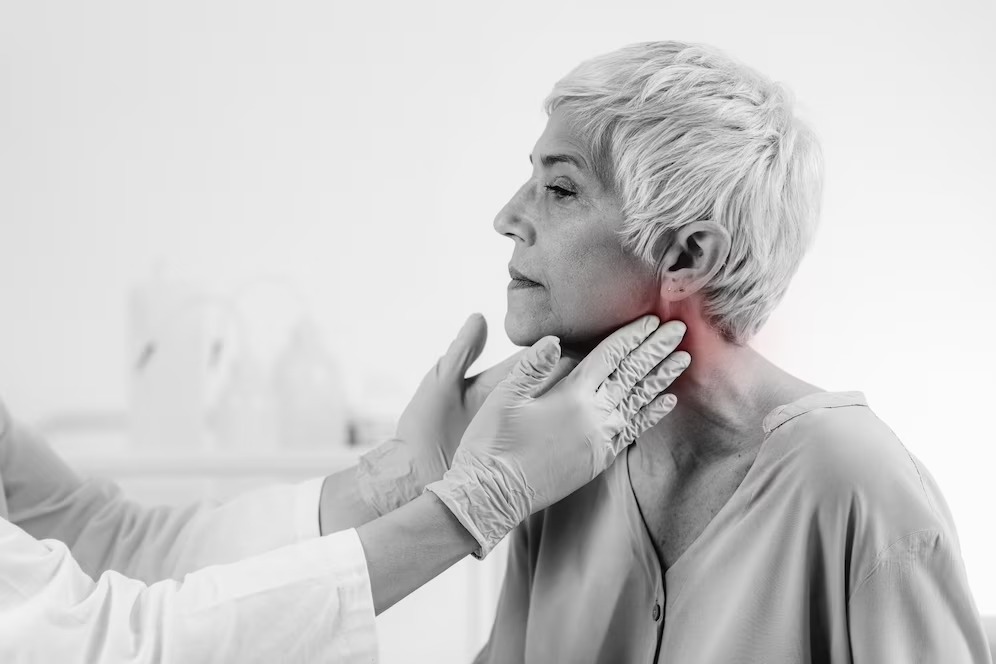
Occipitocervical Instability Treatment in Indore
A condition characterized by abnormal movement or instability between the occipital bone (at the base of the skull) and the upper cervical spine (C1-C2 vertebrae). Treatment typically involves stabilization surgery to prevent further damage and relieve symptoms such as neck pain, headaches, or neurological deficits.
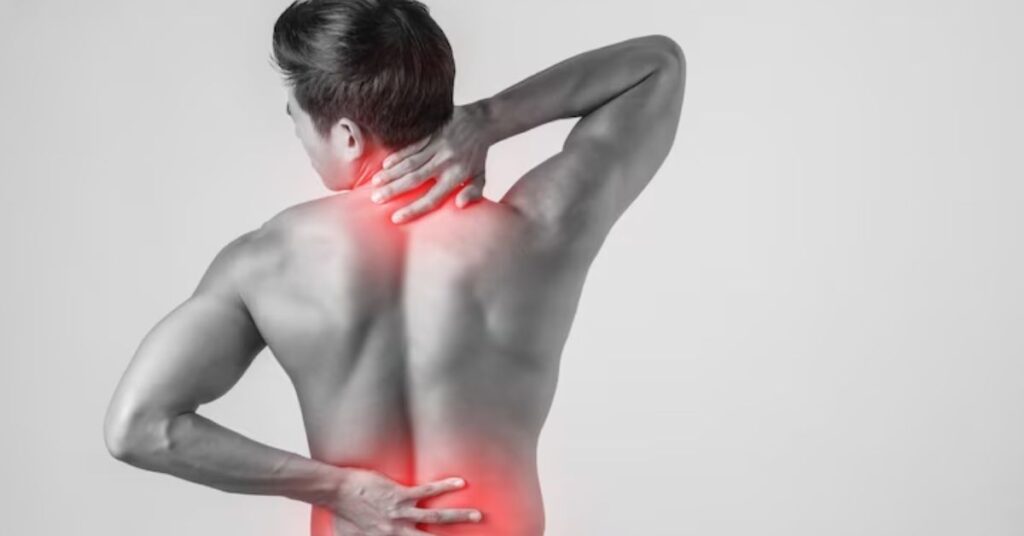
Cervical Spondylosis Treatment in Indore
A degenerative condition affecting the cervical spine, characterized by the wear and tear of the spinal discs and facet joints, leading to symptoms such as neck pain, stiffness, and reduced mobility. Treatment options include physical therapy, medications, injections, and in severe cases, surgery to alleviate symptoms and improve function.
